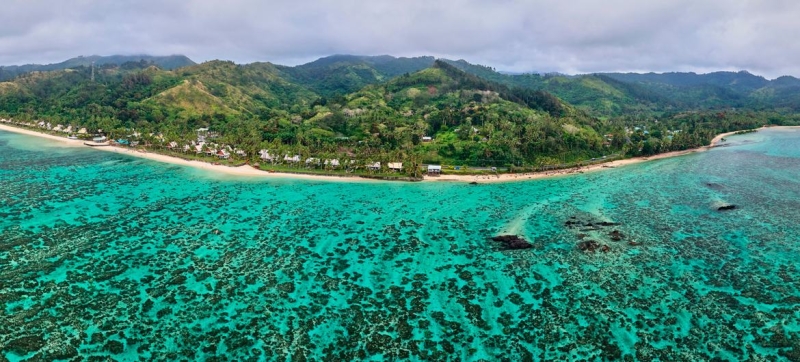
Fiji coast. Digital technologies are driving development in small island states Sustainable Development Goals
Over the past decade, Internet use in 57 small island developing States and territories (SIDS) has grown at a rate higher than the global average. This is evidenced by the data of the report of the International Telecommunication Union on the digitalization of these countries.
Internet use in the 57 island nations increased by 8.4 percent annually between 2014 and 2023, faster than the global growth rate of 6.7 percent.
Problems of small island states
Each of the islands may face its own unique challenges, but most share common features such as remote locations, limited and specialized economies, and high energy and infrastructure costs. They are also extremely vulnerable to the effects of climate change and natural disasters.
On average, two-thirds of the SIDS population were using the Internet by 2023, in line with the global average. However, infrastructure limitations and high prices hinder the development of high-quality universal communications.
Read also:
New data on global Internet use: progress is being made, but disparities remain
For example, only 85 percent of the population of small island developing states are in within the coverage area of high-speed mobile networks, which is significantly lower than the global average. However, there is a large gap between urban and rural residents: in rural areas, only 43 percent of islanders have access to a 4G signal.
In addition, 18 percent of the population has access to the Internet but does not use it, indicating various barriers, including too high prices and a lack of suitable content or digital skills.
Thus, only 10 percent of residents of island countries bought a landline Internet connection, and 63 percent bought a mobile one. However, the average cost of connecting to the most basic fixed broadband in SIDS is about 46 percent higher than the global average, and mobile communications are almost twice as expensive as in other countries. At the same time, 74 percent of people in island developing countries own a mobile phone, close to the global average of 78 percent.
The Future of the Islands
Digital technology and connectivity can help islands with their unique challenges, such as improving disaster response and access to vital services that are often hampered by geography.
In addition, e-commerce can become a catalyst for sustainable development in SIDS, as online commerce overcomes the limitations of markets within countries.
ITU develops several initiatives for these states, for example, universal access to early warning systems, population skills development and digital security.
